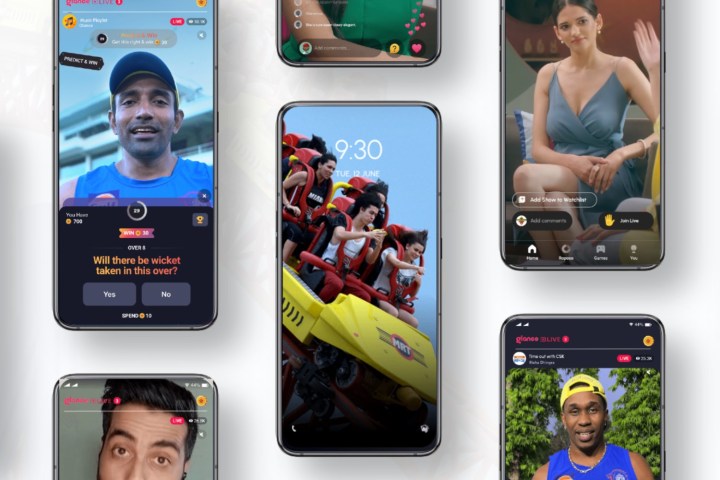Being bombarded with advertisements on our YouTube, Twitter, Snapchat, and other social media feeds is already a pretty terrible experience. Now imagine seeing ads on your lock screen first thing in the morning. That could very well be our reality in the not too distant future.
TechCrunch reported this week that India-based mobile ad company Glance has been in talks with U.S. carriers about plans to launch lock screen ads on several Android phones as soon as next month, according to a source familiar with the matter. That source requested anonymity because “the deliberations were ongoing and private.”

Glance is a subsidiary of mobile marketing giant InMobi Group, whose fundraising efforts in 2019 secured Google as an investor. It currently serves ads to 400 million Android phones in Asian markets, including the budget version of Samsung phones. Valued at around $2 billion, it usually partners with smartphone manufacturers to have lock screen ads pre-installed into the devices.
Glance serves as a dynamic lock screen that rests on top of the AndroidOS UI overlay. Instead of seeing just the wallpaper on your lock screen — like a photo of your family, significant other, or (in my case) a favorite video game character — you would see a torrent of content promoting news, games, videos, and other advertisements. The only way to get past those ads is to unlock your screen and go about your business.
Despite its success overseas, the notion of Glance putting ads on Android lock screens with support from U.S. mobile carriers could be a recipe for annoyance. Yes, advertisements are necessary for companies and social media influencers to generate revenue, but being placed on the lock screens of our mobile devices every single day seems like an unwelcome next step.
Editors' Recommendations
- Samsung’s newest Android tablet is a perfect iPad alternative
- These two Apple Watches are now banned in the U.S.
- Don’t update your Pixel phone — a new Android update might break it
- Something amazing happened to U.S. smartphones on July 11
- Asus’ latest Android phone could be a big threat to the Galaxy S23 Ultra



